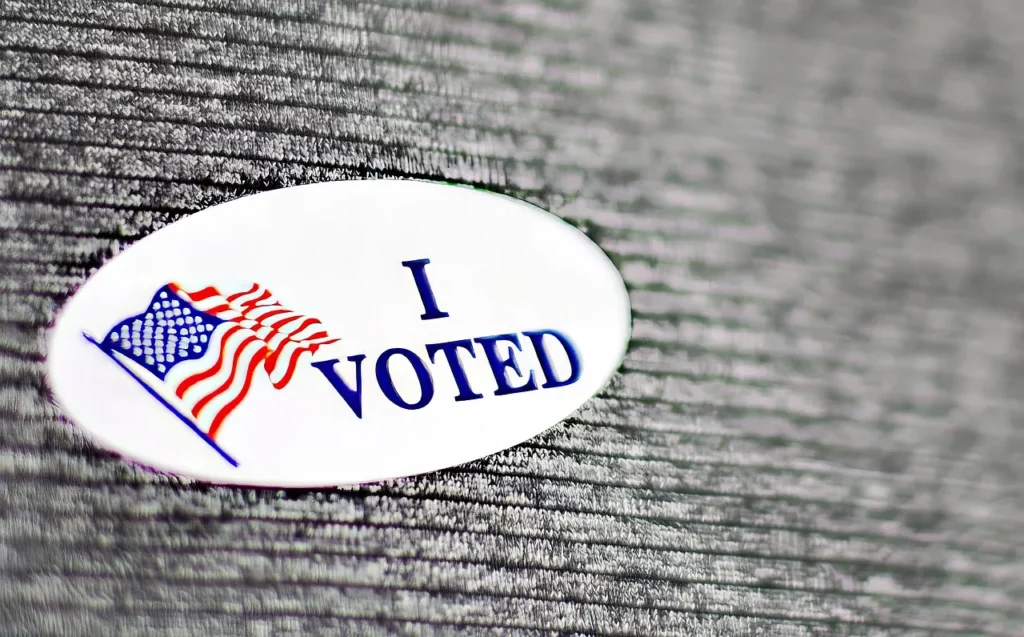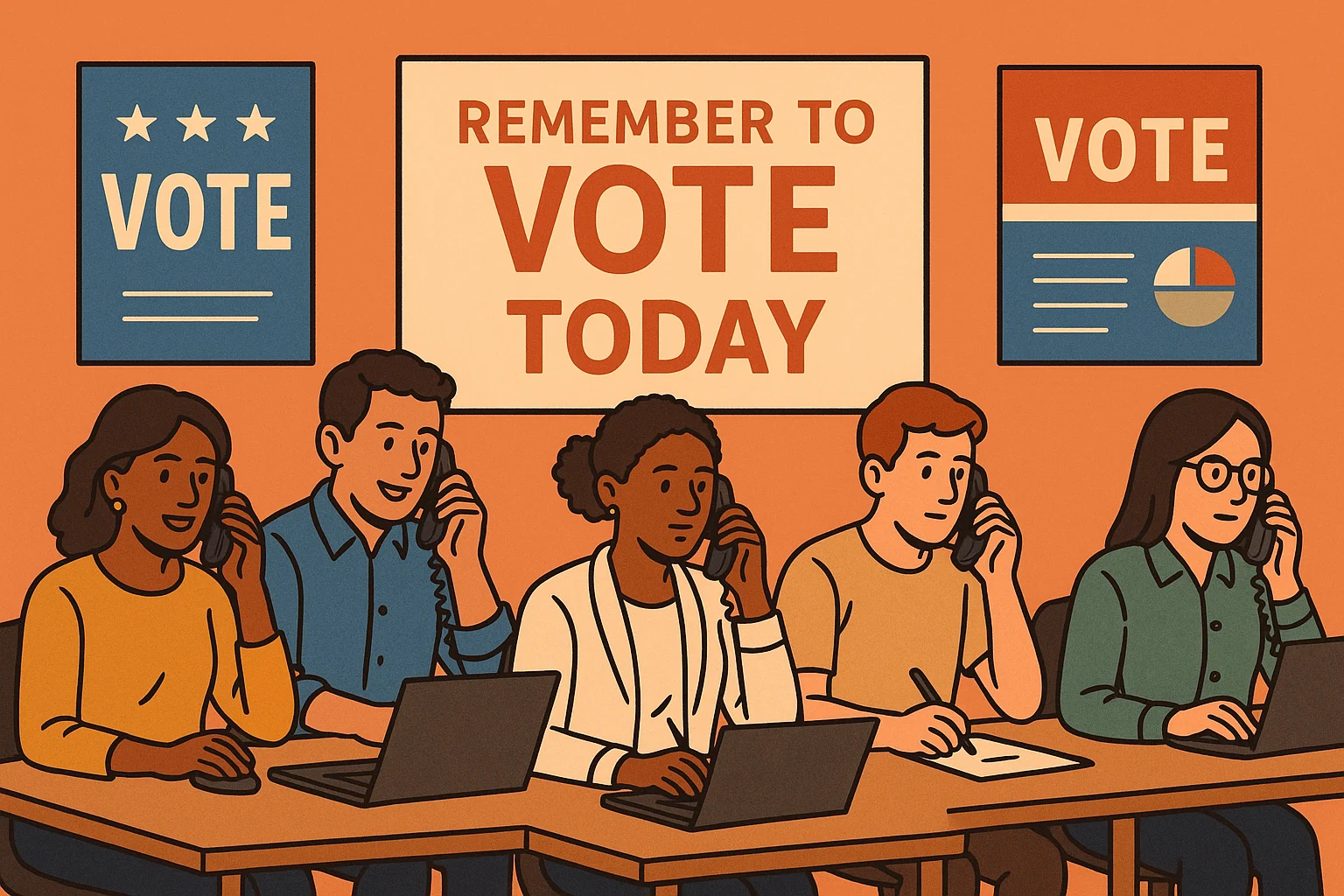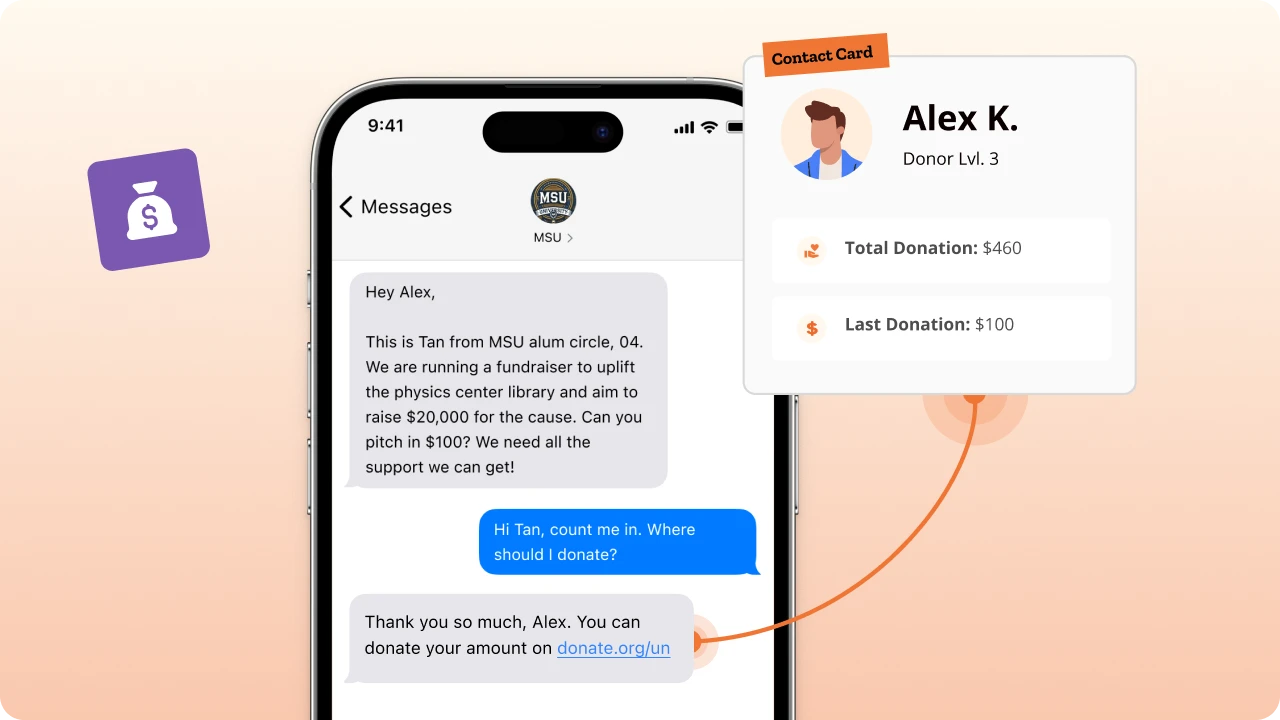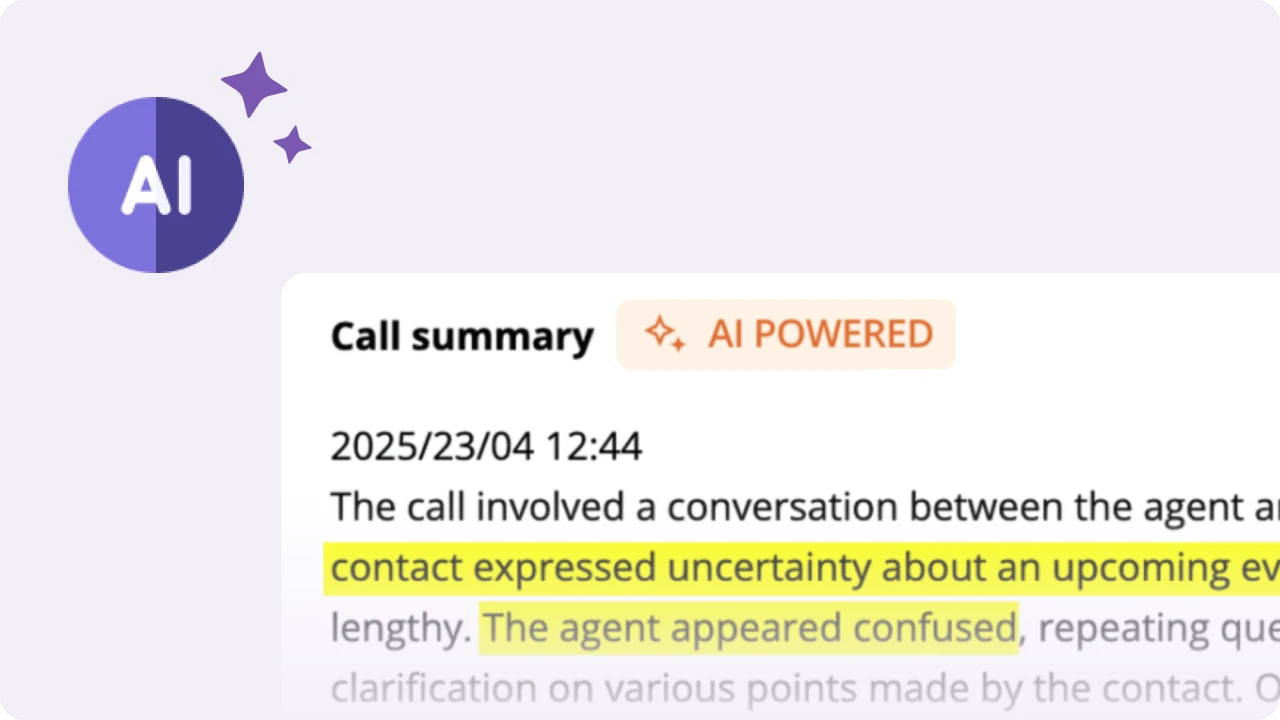Table of Contents
Whenever some government somewhere decides it is time to have snap elections in about five minutes, panic spreads among campaign managers and volunteers like oil over water.
How much of a difference can be made in just a month? Or a few weeks? Most agree that you need at least four years to swing voters.
And this is true. I won’t link all the studies here. But statistically, last-minute outreach through phone or in-person has shown a very small change among swing voters, especially in snap elections.
Then why do you always hear people go on and on about “that last-minute effort changed everything”? Because elections are all about who votes, not when.
Your goal is not to convert every last holdout. But it is to ensure that most of your supporters vote on short notice. And the best way to do that is with absentee ballots.
The studies examining voter turnout and voter outreach are clear: talk to your supporters. Talk to them at least twice if you can. And get them to vote now. Not on election day, not tomorrow, not after breakfast – but now.
After all, this study found that universal vote-by-mail could increase Democratic vote share by up to 1.3 percentage points – a small but potentially impactful margin in battleground states. Additionally, absentee ballot voting is an underappreciated wonder because it frees up your resources as campaigning ends.
When campaigns lock in votes early, this gives them a buffer to try and convince some swing voters, and conduct more in-depth (and expensive) door-to-door campaigning. Plus, early votes provide valuable data for refining outreach efforts during the campaign’s final stages.
Still not convinced? Join me in the next section while we look at some examples of what we mean.
Read More: How to Make Your Voter Outreach Boost Every Kind of Voter Bloc
Snap elections: Get them to vote early, lock in their vote

Last-minute voter outreach efforts – like door-to-door canvassing and phone banking – have consistently boosted turnout across various demographics to some degree.
But these strategies are particularly effective when combined with early voting initiatives.
You have to be imaginative and see the problem sort of slightly out of focus. Consider these facts:
- States with all-mail voting systems, such as Washington and Colorado, consistently reported higher turnout rates, demonstrating the effectiveness of outreach encouraging early or absentee voting.
- At the local level, the ‘Vote Early Day’ initiative has been instrumental in increasing turnout. For example, even in non-presidential election years like 2021, Vote Early Day’s outreach efforts boosted participation in local races.
- Programs like the Federal Voting Assistance Program (FVAP) have shown that direct assistance to absentee voters nearly doubles the likelihood of ballot return, and this assistance should come from the campaign as soon as practicable.
- In Texas, 65-year-olds eligible for no-excuse absentee voting showed a 9.5% increase in absentee voting rates compared to 64-year-olds, who were not eligible.
All of this tells us that there is a large group of voters, including seniors, who want to vote, but for various reasons are unable to come and vote on D-Day.
If you could help a portion of these voters to cast their vote early, in the comfort of their home, you are boosting voter turnout significantly.
PS: Don’t worry – research from the 2020 U.S. election found negligible partisan effects from expanded absentee voting, as voter interest drove turnout across all modes of voting.
Since the best way to help someone cast their ballot early is by speaking to them, we suggest you ignore when the election day is and start making calls right now.
Don’t forget to “absentee chase” using SMS to remind voters to complete and return their ballots promptly.
(You can also send absentee ballot applications with clear instructions.)
Remember – help people vote and we all win. It doesn’t matter when they do.


